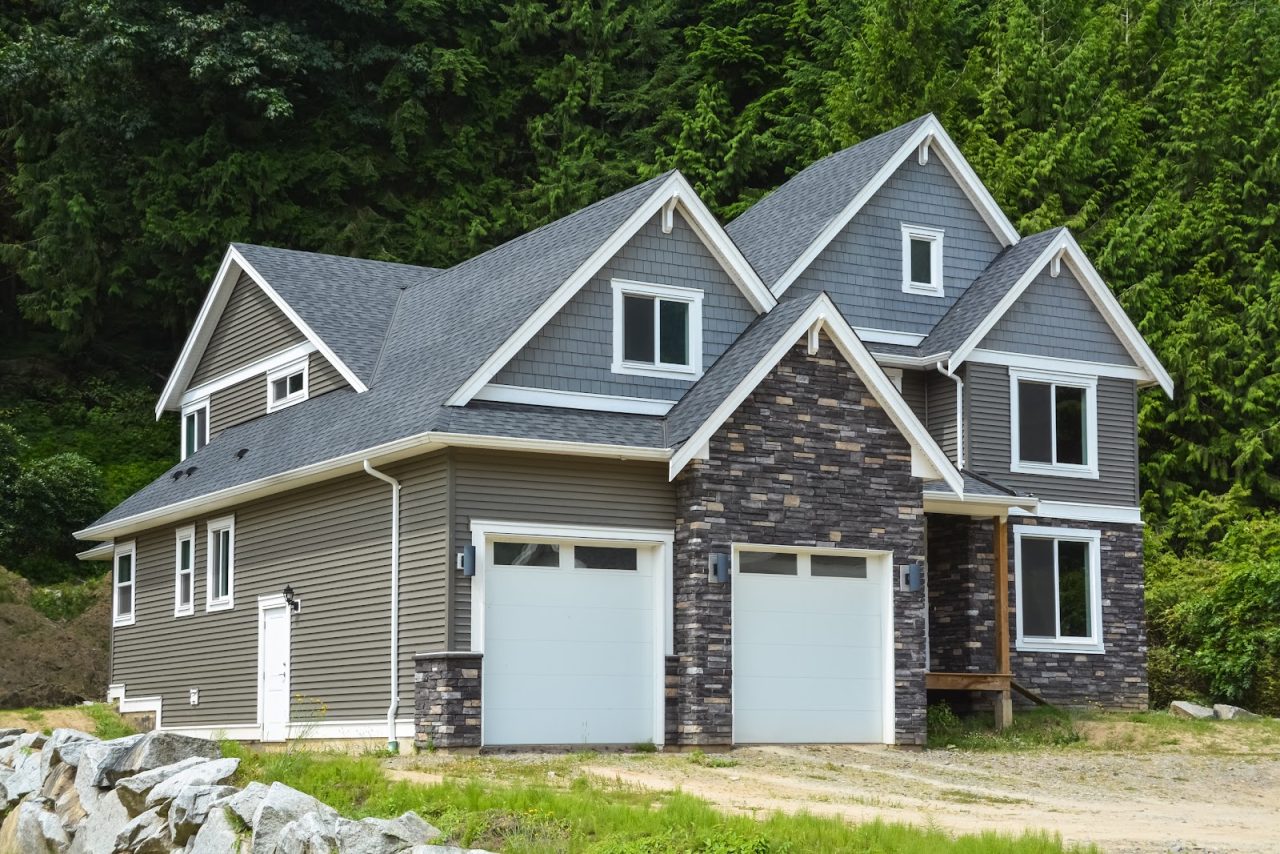

Articles
How Much Value Does New Siding Add To A House
Modified: January 23, 2024
Get expert insights on the value that new siding can add to your house. Read our informative articles for valuable tips and advice.
(Many of the links in this article redirect to a specific reviewed product. Your purchase of these products through affiliate links helps to generate commission for Storables.com, at no extra cost. Learn more)
Introduction
When it comes to increasing the value of a house, many homeowners consider various renovation projects. One such project that can significantly enhance both the aesthetics and functionality of a home is installing new siding. The exterior of a house not only acts as its protective layer but also plays a crucial role in its overall appeal and market value.
In this article, we will explore the impact that new siding can have on the value of a house. We will discuss the factors that determine the value of siding, whether the cost of installation is worth the increase in home value, the different types of siding available, and how to maintain and care for your new siding to ensure its longevity.
Upgrading the siding of a house is a substantial investment, and understanding the potential return on investment is essential for homeowners. By considering factors such as the type of siding, local property values, and the overall condition of the home, homeowners can make an informed decision on whether to proceed with new siding installation.
Not only does new siding improve the curb appeal of a house, but it also enhances its durability and can lower maintenance costs in the long run. Additionally, modern siding materials provide improved energy efficiency, which can lead to reduced heating and cooling expenses.
In the following sections, we will delve deeper into how various factors contribute to the value added by new siding, from the material and quality of the siding to the importance of professional installation and proper maintenance.
So, if you’re considering updating your home’s exterior and want to know how much value new siding can add, read on to discover the impact of this investment on your property.
Key Takeaways:
- New siding can significantly increase a home’s value by enhancing curb appeal, improving energy efficiency, and attracting potential buyers with its modern and durable aesthetic.
- Professional installation and regular maintenance are essential for preserving the longevity and appearance of new siding, ensuring a high return on investment and long-term benefits.
Read more: How Much Does A New Roof Add To Home Value
Factors That Determine the Value of New Siding
Several factors come into play when determining the value that new siding can add to a house. Understanding these factors will help homeowners make informed decisions and maximize the return on their investment:
- Siding Material: The type of siding material chosen has a significant impact on both the aesthetic appeal and value of a home. Popular options include vinyl, fiber cement, wood, and metal. Each material has its own advantages and disadvantages in terms of durability, maintenance requirements, and cost. High-quality, durable materials often command a higher value.
- Siding Quality: The overall quality of the siding installation is crucial for its long-term performance and value. Poor craftsmanship can lead to issues such as water infiltration, warping, and peeling. Hiring experienced and reputable professionals for the installation ensures a high-quality job that adds value to the property.
- Curb Appeal: The exterior appearance of a house plays a vital role in its value. New siding can transform the curb appeal of a home, making it more attractive to potential buyers. The color, style, and texture of the siding should complement the architectural style of the house and the surrounding neighborhood.
- Energy Efficiency: With rising energy costs and increasing environmental concerns, energy efficiency has become a significant consideration for homebuyers. Investing in energy-efficient siding can reduce heating and cooling costs, making the property more appealing and valuable.
- Maintenance Requirements: Low-maintenance siding options are favored by homeowners as they reduce the time and effort required to keep the exterior of the house looking its best. Siding materials that are resistant to fading, cracking, and weathering often have a positive impact on home value.
- Local Property Values: The value of a house can also be influenced by the surrounding properties in the neighborhood. If other houses in the area have upgraded siding, it may be necessary to invest in new siding to remain competitive in the real estate market.
It is essential to consider all these factors when deciding to invest in new siding. A combination of high-quality materials, professional installation, and attention to curb appeal and energy efficiency can significantly increase the value of a house.
Next, we will explore whether the cost of new siding installation is worth the increase in home value.
Cost vs. Value: Does New Siding Increase Home Value?
One common question that homeowners have when considering new siding is whether the cost of installation is worth the increase in home value. While the answer may vary depending on various factors, such as location and market conditions, new siding generally does have a positive impact on home value.
According to the 2021 Cost vs. Value Report by Remodeling magazine, homeowners can expect to recoup a significant portion of their siding investment. On average, homeowners recoup about 75% to 80% of the cost of new siding upon resale.
This means that if the total cost of your siding project is $20,000, you can expect to increase your home value by around $15,000 to $16,000. While it’s important to note that these numbers are estimates and can vary depending on the specifics of your property, they provide a general guideline for understanding the potential return on investment.
It’s crucial to consider the specific factors that affect home value in your area. Factors such as market demand, local property values, and the condition of competing homes will influence the perceived value of your house with new siding. If most homes in your neighborhood have upgraded siding, it may be necessary to invest in new siding to remain competitive in the real estate market and attract potential buyers.
In addition to the potential increase in home value, new siding offers other benefits that should be considered. Enhanced curb appeal not only makes your home more visually appealing but can also create a positive first impression on potential buyers. This can result in increased interest and potentially higher offers.
Moreover, new siding can improve energy efficiency, thereby reducing heating and cooling costs. Energy-efficient siding materials such as insulated vinyl or fiber cement can enhance the overall appeal of your home to environmentally-conscious buyers who are looking for energy-saving features.
Ultimately, the decision to invest in new siding should be based on your specific circumstances, including your budget, the condition of your current siding, and your long-term plans for the property. Consulting with real estate professionals or local contractors can provide valuable insights into the potential return on investment and market expectations in your area.
In the next section, we will explore the different types of siding available and their impact on home value.
Types of Siding and Their Impact on Home Value
When it comes to choosing the right siding for your home, there are various options available, each with its own unique characteristics and impact on home value. Here are some popular types of siding and their potential impact:
- Vinyl Siding: Vinyl siding is one of the most commonly chosen options for its affordability and low maintenance. It comes in a wide range of styles, colors, and textures, allowing homeowners to achieve the desired aesthetic. Vinyl siding is durable and resistant to fading, cracking, and insect damage. Its cost-effectiveness and ease of maintenance can contribute positively to home value.
- Fiber Cement Siding: Fiber cement siding is a composite material made of cement, sand, and cellulose fibers. It is known for its durability, resistance to moisture, and longevity. Fiber cement siding can mimic the appearance of wood, brick, or stucco, providing a versatile and attractive option. Its high-end look and superior performance can significantly increase the value of a home.
- Wood Siding: Wood siding offers a timeless and natural appeal, adding warmth and character to a home. Different wood species, such as cedar, redwood, and pine, provide unique grain patterns and colors. Wood siding requires regular maintenance, including staining or painting to protect it from moisture and insect infestation. Despite the maintenance requirements, wood siding can increase the value of a home due to its aesthetic charm and premium appeal.
- Metal Siding: Metal siding, usually made of aluminum or steel, is prized for its durability and low maintenance. It is resistant to rot, insects, and fire, making it a practical choice. Metal siding is available in a variety of finishes, including smooth, textured, or embossed, offering aesthetic versatility. While it may not have the same traditional charm as wood or fiber cement siding, metal siding can still add value to a home due to its durability and modern appeal.
- Brick Siding: Brick siding is a classic choice known for its elegance, durability, and low maintenance. It provides excellent insulation and is resistant to fire, rot, and pests. Brick siding can give a home a timeless and upscale look, increasing its value. However, the cost of installation and the weight of the material may be higher compared to other siding options.
Choosing the right type of siding for your home depends on factors such as budget, desired aesthetic, maintenance requirements, and local market expectations. It’s essential to consider the architectural style of your home, the surrounding neighborhood, and the preferences of potential buyers in your area.
Investing in high-quality siding materials and professional installation can ensure that your home stands out in the market and attracts buyers who value the durability, aesthetics, and energy efficiency that new siding provides.
In the next section, we will emphasize the importance of curb appeal and how siding plays a significant role in enhancing it.
The Importance of Curb Appeal and Siding
When it comes to selling a house, first impressions matter. Curb appeal, or the attractiveness of a property’s exterior, plays a crucial role in attracting potential buyers and setting the tone for their overall perception of the home. Siding plays a significant role in enhancing curb appeal, and here’s why it’s so important:
1. Enhanced Aesthetics: The siding of a house serves as its outer layer, and its appearance greatly affects the overall aesthetic appeal. Updated, well-maintained siding can give a home a fresh, modern, and inviting look, capturing the attention of passersby and potential buyers. Whether it’s a classic wooden siding, sleek metal panels, or durable vinyl, choosing the right siding material and style can significantly enhance the curb appeal and value of a house.
2. Increased Marketability: Homes with attractive exteriors tend to be more marketable. When potential buyers see a house with well-maintained siding, they are more likely to have a positive impression and be interested in viewing the interior. Strong curb appeal created by appealing siding choices can set your property apart from others in the market, generating more interest and potentially leading to higher offers.
3. Positive ROI: Investing in new siding can offer a strong return on investment, especially when it improves the curb appeal of a house. According to a study by the National Association of Realtors, exterior projects, such as siding replacement, have a high cost-to-value ratio. This means that the cost of the project is likely to be recouped upon selling the home, making it a worthwhile investment.
4. Perceived Value: Curb appeal creates a perception of value in the eyes of potential buyers. When they see a house with well-maintained siding and a visually appealing exterior, they may assume that the rest of the property is also well-cared for and of higher quality. This perception can lead to increased interest and a willingness to pay a premium price for the home.
5. Negative Impression Prevention: On the other hand, if a house has shabby, worn-out siding, it can create a negative impression. Potential buyers may assume that the neglected exterior reflects the overall condition of the property, causing them to lose interest or offer lower prices. Updating the siding and improving the curb appeal can prevent these negative first impressions and improve the chances of a successful sale.
It’s important to note that curb appeal is not solely dependent on siding; it is a combination of various factors, including landscaping, exterior lighting, and overall cleanliness of the property. However, siding is one of the most visible and impactful elements of curb appeal, making it a significant consideration for homeowners looking to increase their home’s value and marketability.
Next, we will discuss whether homeowners should opt for DIY siding installation or hire professionals.
When considering new siding for your house, keep in mind that it can add significant value to your home. On average, homeowners can expect to recoup about 75-80% of the cost of new siding when they sell their home.
DIY vs. Hiring Professionals for Siding Installation
When it comes to installing new siding, homeowners often face the decision of whether to tackle the project themselves or hire professionals. While some may opt for the DIY route to save on costs, there are several factors to consider when making this decision:
1. Skill and Experience: Siding installation requires specialized knowledge and skills. Professionals have the expertise and experience to properly handle the various aspects of the installation process, including accurate measurements, cutting and fitting the siding, and ensuring proper insulation and weatherproofing. They are familiar with the best practices and potential challenges, which can result in a more seamless and efficient installation compared to DIY attempts.
2. Time and Effort: Siding installation can be time-consuming, especially for those without prior experience. DIY projects often take longer due to the learning curve and the need to research and acquire the necessary tools and materials. Hiring professionals can save homeowners valuable time and effort, allowing them to focus on other tasks or activities while the experts handle the installation.
3. Warranty and Liability: Professional siding contractors typically provide warranties on their workmanship, giving homeowners peace of mind in case any issues arise after the installation. In contrast, DIY installations may not have the same level of warranty or may not be covered at all. Hiring professionals also offers liability protection, as they are responsible for any damage or accidents that may occur during the installation process.
4. Cost Considerations: While DIY installations may appear to be more cost-effective upfront, it’s important to consider the long-term implications. Mistakes made during the DIY process can lead to costly repairs down the line. Additionally, professionals often have access to better prices on materials due to their industry connections, potentially offsetting the cost difference. Consulting with reputable contractors and obtaining quotes can provide a clearer picture of the overall costs involved.
5. Aesthetics and Value: Properly installed siding not only ensures its functionality but also enhances the overall aesthetics and value of the home. Professionals can recommend the right type and style of siding that aligns with the architectural design of the house and achieves the desired look. Their expertise ensures a visually appealing installation that can maximize the curb appeal and value of the property.
While some homeowners may have the skills and confidence to tackle a siding installation project themselves, it’s important to carefully weigh the pros and cons before making a decision. Hiring professionals ensures a high-quality installation, saves time and effort, and offers warranty protection. However, if budget constraints, DIY experience, and the availability of time are favorable, a well-executed DIY project can also be a viable option.
In the next section, we will explore the benefits of enhancing energy efficiency with new siding.
Enhancing Energy Efficiency with New Siding
Energy efficiency has become a top priority for homeowners looking to reduce their environmental impact and lower their energy bills. One effective way to enhance energy efficiency in a home is by installing new siding. Here are several ways in which new siding can contribute to improved energy efficiency:
1. Insulation: Upgrading to insulated siding can provide an additional layer of insulation for the home. Insulated siding is designed with a layer of foam insulation attached to the back of the siding panels. This extra insulation helps to improve thermal resistance, reducing heat loss during the winter and heat gain during the summer. By minimizing the transfer of heat through the walls, insulated siding can help keep the home more comfortable year-round and reduce reliance on heating and cooling systems.
2. Air Sealing: Properly installed siding can help to seal and protect the exterior of the home, minimizing air leakage and drafts. Gaps and cracks in existing siding can allow air to infiltrate the home, leading to energy loss and decreased energy efficiency. New siding, when installed correctly with proper sealing techniques, can help create a tighter building envelope, reducing air leakage and enhancing energy efficiency.
3. Reduced Heat Transfer: Different types of siding materials offer varying levels of thermal conductivity. Choosing siding materials with low thermal conductivity, such as insulated vinyl or fiber cement, helps to minimize heat transfer through the walls. This means that less heat will escape during the winter or enter during the summer, resulting in reduced energy consumption and lower heating and cooling costs.
4. Moisture Control: Siding that effectively manages moisture can contribute to improved energy efficiency. Moisture infiltration can compromise the insulation in the walls, leading to decreased energy performance. New siding systems with proper moisture management features, such as moisture barriers and drainage systems, can help prevent water intrusion and protect the insulation in the walls. This ensures that the energy efficiency of the home is not compromised by moisture-related issues.
5. Reflective Properties: Some siding materials, such as light-colored vinyl or metal siding, have higher reflectivity, meaning they can reflect more sunlight away from the home. This reduces heat absorption and can help keep the home cooler during hot summers, reducing the need for excessive air conditioning and contributing to improved energy efficiency.
By investing in energy-efficient siding, homeowners can not only reduce their environmental footprint but also save money on energy bills. The initial cost of upgrading to energy-efficient siding can be offset by long-term energy savings. Moreover, energy efficiency is an attractive feature for potential buyers, making the home more marketable and potentially increasing its value.
In the next section, we will discuss important maintenance and care tips for preserving the longevity and appearance of new siding.
Maintaining and Caring for New Siding
Proper maintenance and care are essential for preserving the longevity, appearance, and performance of new siding. With regular upkeep, homeowners can maximize the value and aesthetic appeal of their investment. Here are some important maintenance tips to help keep your new siding in excellent condition:
1. Cleaning: Regularly clean your siding to remove dirt, debris, and mildew buildup. Use a soft brush or a low-pressure power washer to gently scrub the surface. Avoid using abrasive cleaners or brushes that can damage the siding. Cleaning the siding annually or as needed will help maintain its appearance and prevent the growth of mold or algae.
2. Inspect for Damage: Regularly inspect your siding for any signs of damage, such as cracks, chips, or loose panels. Addressing these issues promptly can prevent further damage and potential water infiltration. If you notice any damage, contact a professional siding contractor to assess and repair the problem area.
3. Trim Overhanging Trees: Trim back any overhanging tree branches or foliage that may come into contact with the siding. Branches can scratch or damage the surface and may trap moisture against the siding, leading to mold or mildew growth. Keep a safe distance between trees and your siding to minimize potential damage.
4. Protect Against Moisture: Ensure that gutters and downspouts are properly installed and functioning to direct water away from the siding. Regularly clean and maintain gutters to prevent clogs and water overflow, which can cause water to seep behind the siding. Keeping the siding dry helps prevent issues like rot and mold growth.
5. Painting and Sealing: If you have paintable siding, ensure that it is properly painted and sealed. Regularly inspect the paint for peeling, cracking, or fading, and address any issues promptly. Repainting and sealing the siding every few years will not only enhance its appearance but also provide an additional layer of protection against moisture and weathering.
6. Be Mindful of Exterior Activities: Be cautious when engaging in activities near the siding, such as using a grill or power tools. Take precautions to avoid accidentally damaging the siding with heat, sparks, or intense pressure. Protect the siding by placing a heat-resistant barrier or shield between the source of heat or potential impact and the siding.
7. Professional Inspections: Periodically schedule professional inspections of your siding. Experienced siding contractors can identify early signs of damage or wear and recommend necessary repairs or maintenance. Regular inspections can help catch potential issues before they escalate and prolong the lifespan of your siding.
By following these maintenance and care tips, you can prolong the life of your siding, maintain its appearance, and prevent costly repairs. Remember to refer to the manufacturer’s instructions for specific care recommendations based on the type of siding you have installed.
Now that we’ve covered the importance of maintenance, let’s summarize the key points discussed in this article.
Conclusion
Investing in new siding can have a significant impact on the value, aesthetics, and energy efficiency of a house. By understanding the factors that determine the value of new siding and considering aspects such as curb appeal, material selection, and professional installation, homeowners can make informed decisions to maximize the return on their investment.
New siding enhances the curb appeal of a home, making it more visually appealing and marketable. It can increase the perceived value of a property, attract potential buyers, and potentially lead to higher offers. With various siding materials available, homeowners have the flexibility to choose an option that fits their budget, maintenance preferences, and local market expectations.
In addition to the aesthetic impact, new siding can also contribute to enhanced energy efficiency. Insulated siding, proper air sealing, and reduced heat transfer help to reduce energy consumption and lower heating and cooling costs. Energy-efficient siding materials not only benefit the environment but also attract eco-conscious buyers seeking energy-saving features.
Maintaining and caring for new siding is crucial for preserving its longevity and appearance. Regular cleaning, inspections for damage, and addressing issues promptly are essential to prevent further damage. Trimming overhanging trees and protecting against moisture are important steps to maintain the integrity of the siding.
While some homeowners may opt for DIY installation to save costs, hiring professionals can ensure a high-quality and efficient installation. Professionals have the necessary skills, experience, and knowledge to handle the intricacies of siding installation, providing peace of mind and protection through warranties and liability coverage.
In conclusion, new siding can add significant value to a house in terms of curb appeal, energy efficiency, and marketability. By carefully considering the factors discussed in this article and seeking professional guidance, homeowners can make informed decisions and enjoy the benefits of their investment for years to come.
If you’re considering updating your home’s exterior, don’t overlook the impact of new siding. Consult with reputable contractors, explore different materials and styles, and embark on a project that will enhance the appearance, value, and energy efficiency of your home.
Frequently Asked Questions about How Much Value Does New Siding Add To A House
Was this page helpful?
At Storables.com, we guarantee accurate and reliable information. Our content, validated by Expert Board Contributors, is crafted following stringent Editorial Policies. We're committed to providing you with well-researched, expert-backed insights for all your informational needs.
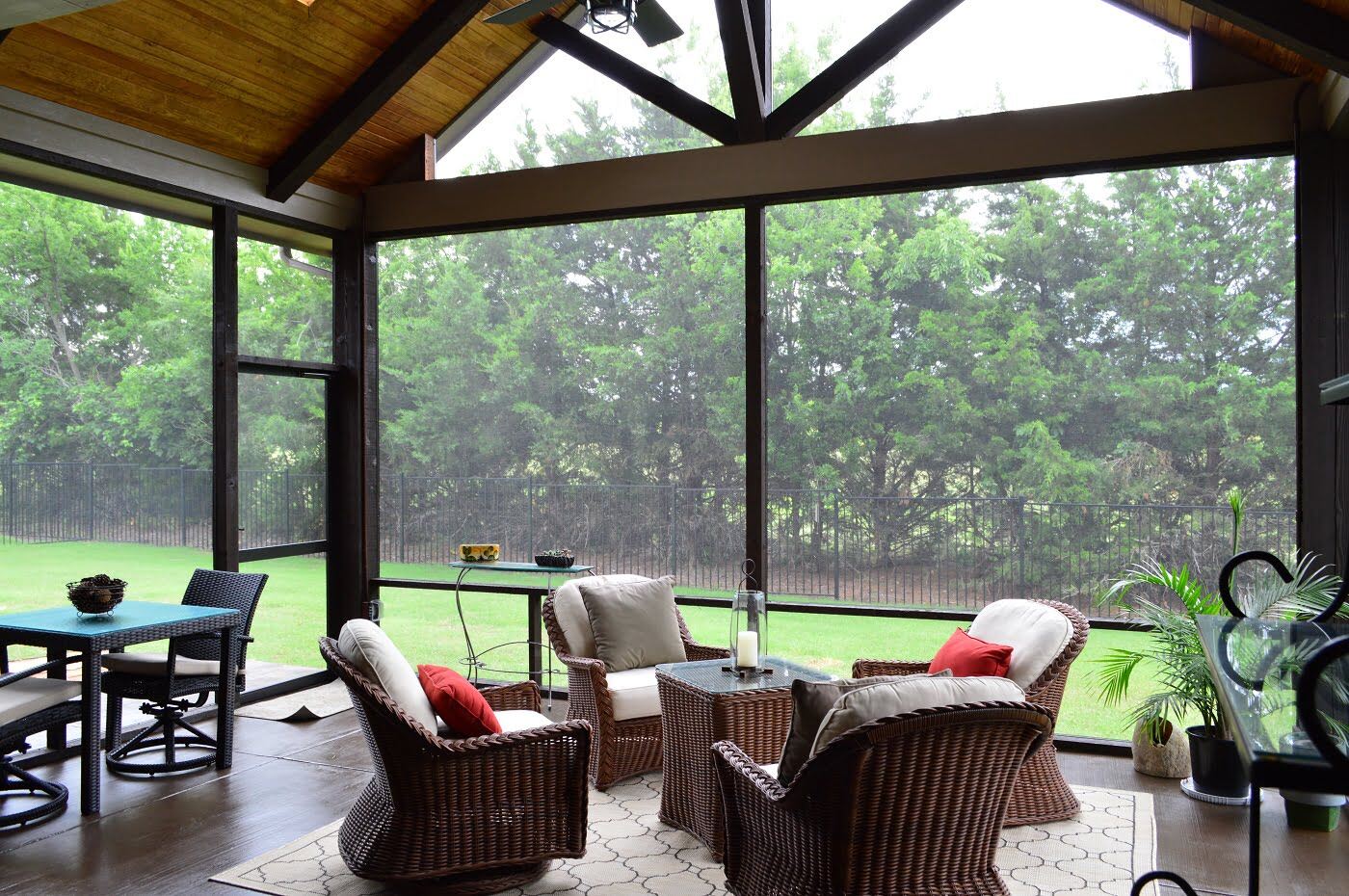
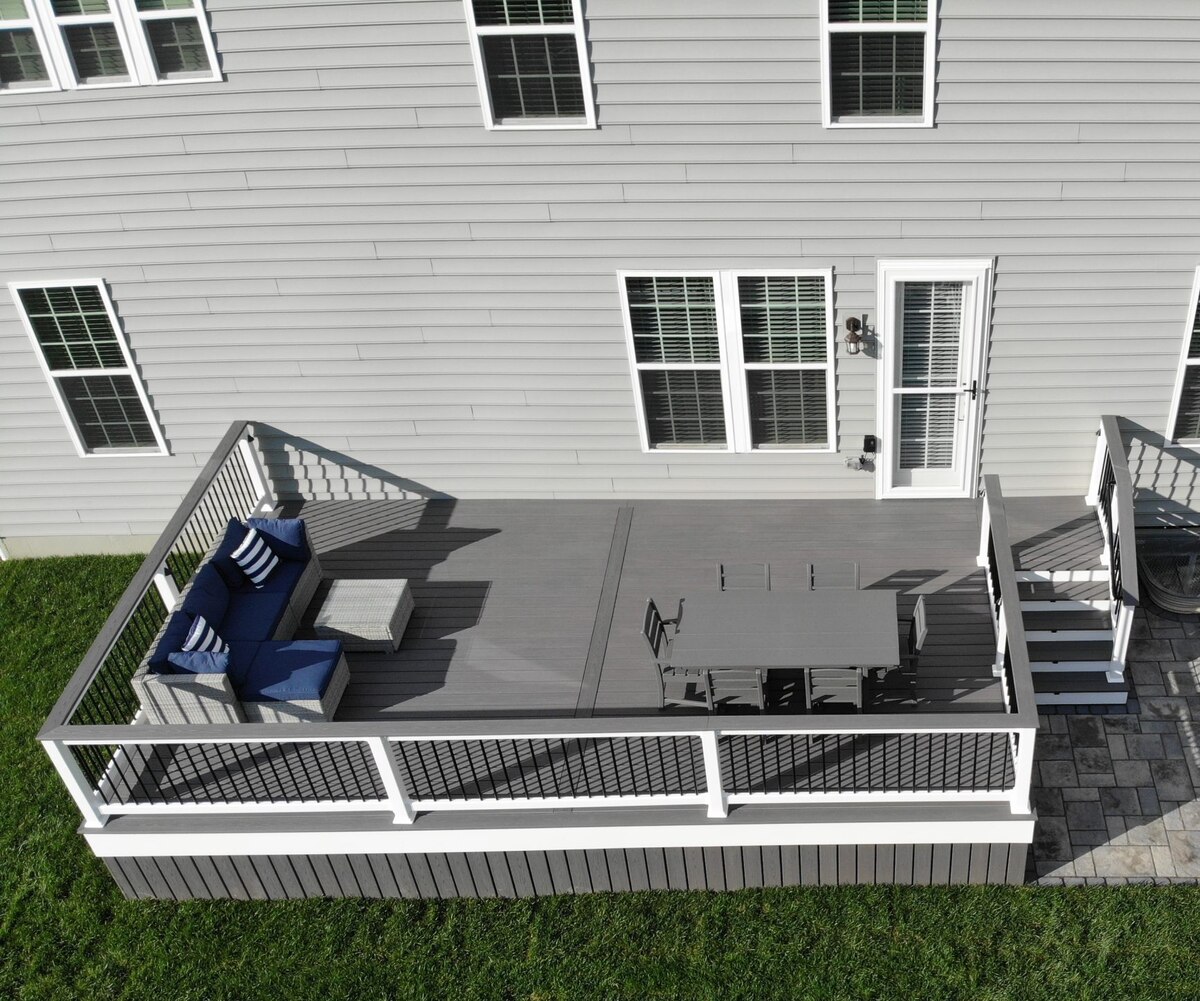
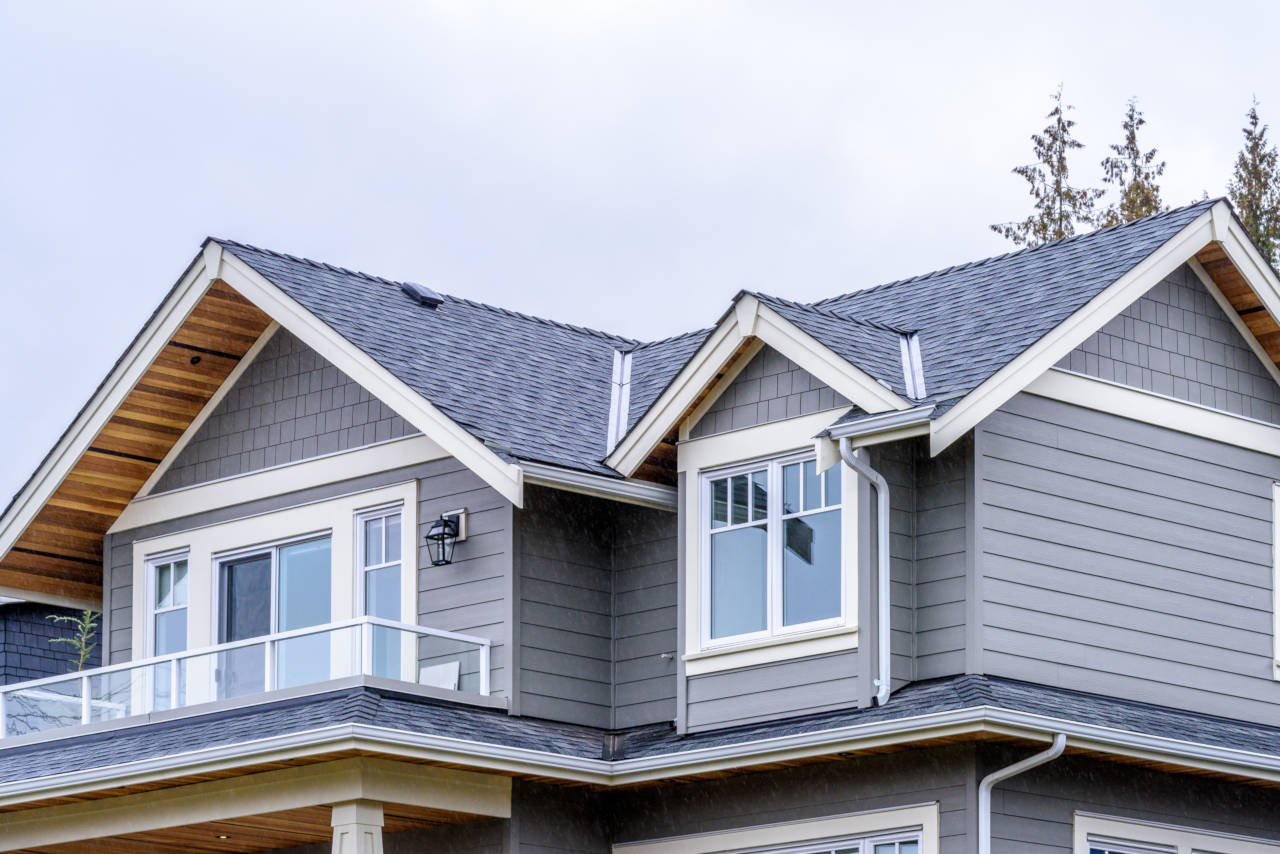
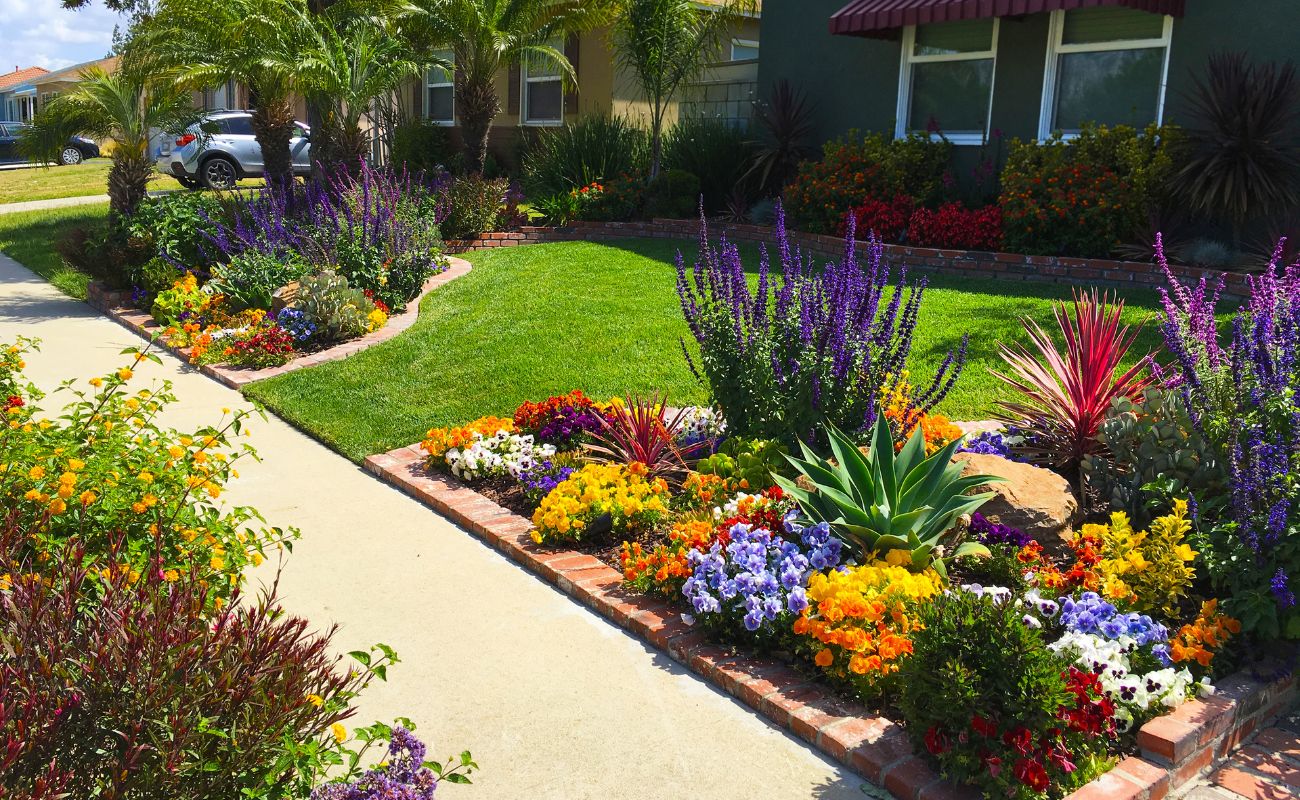
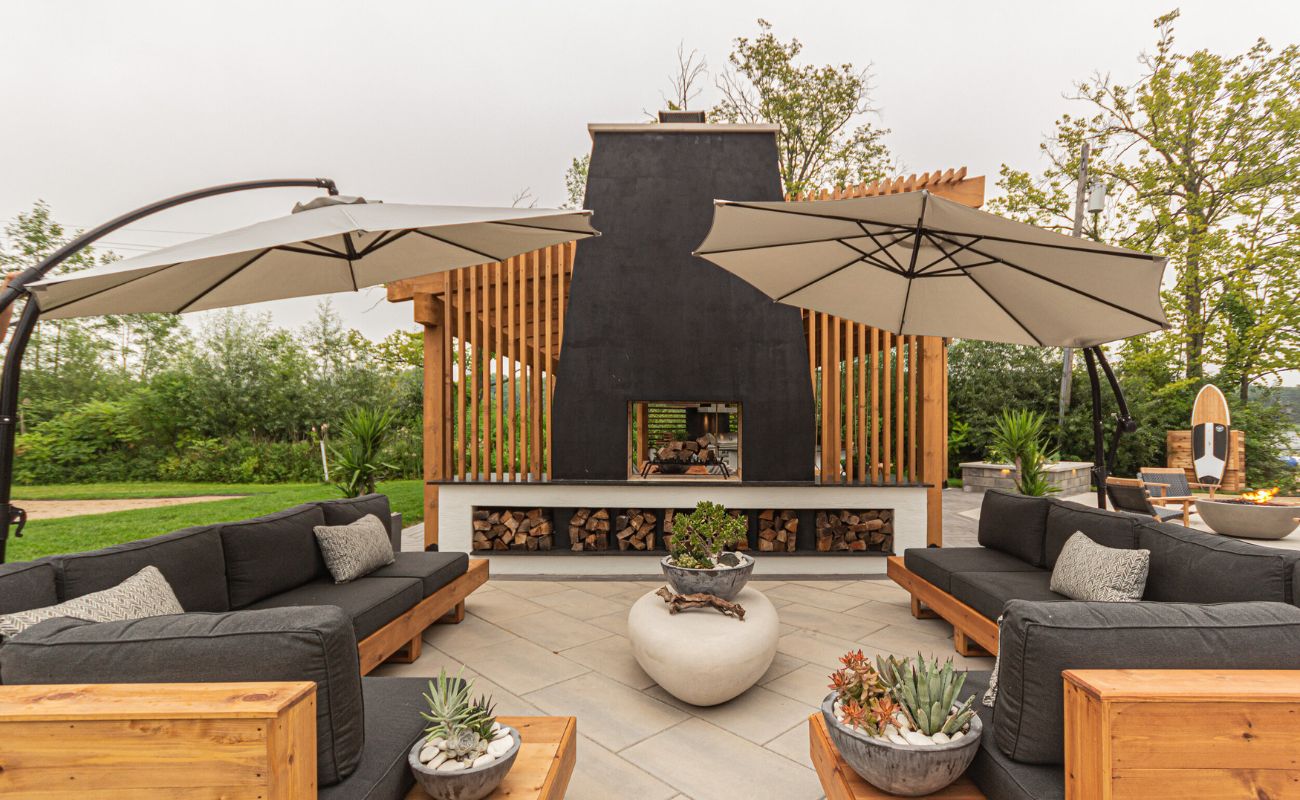
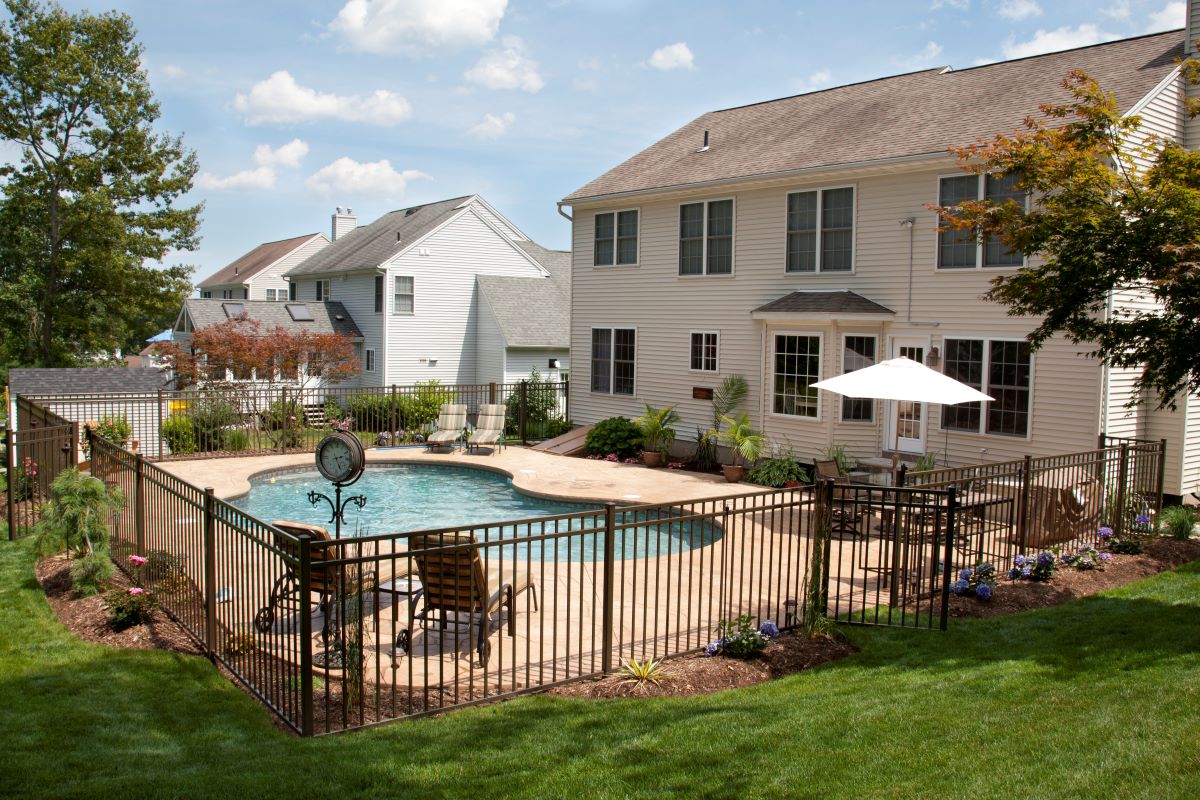
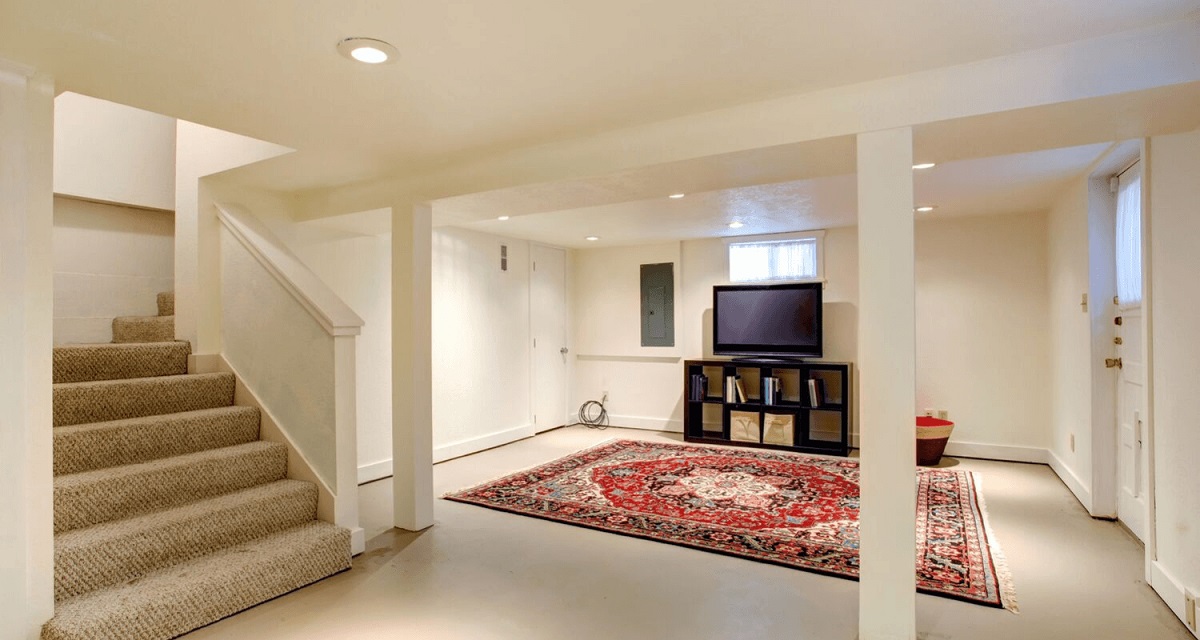
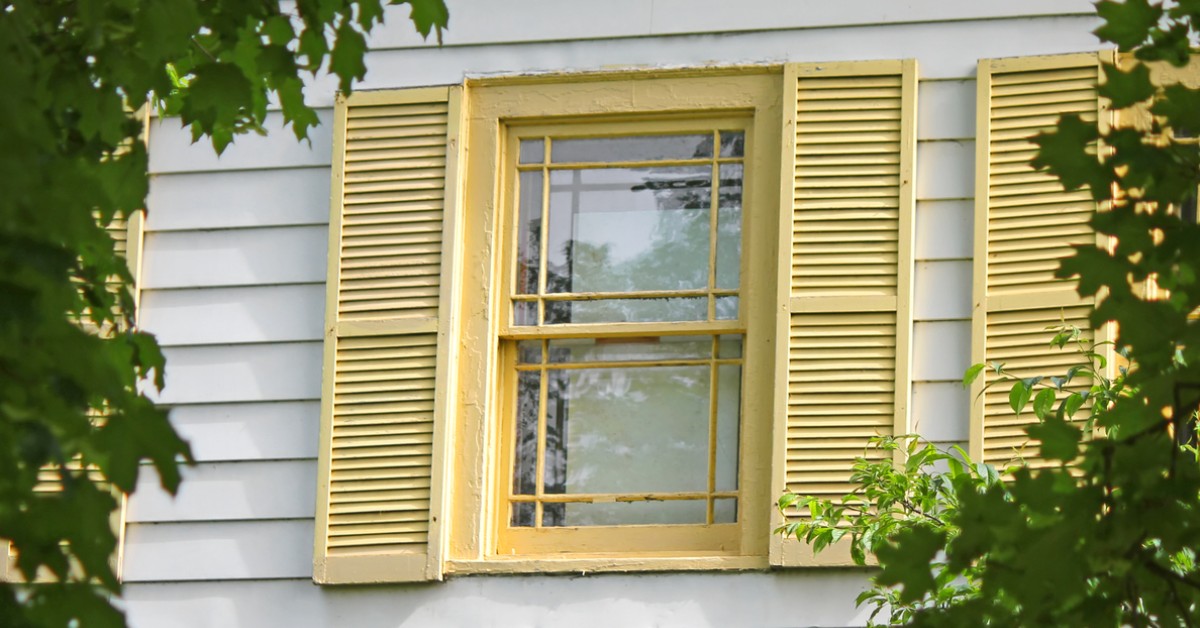
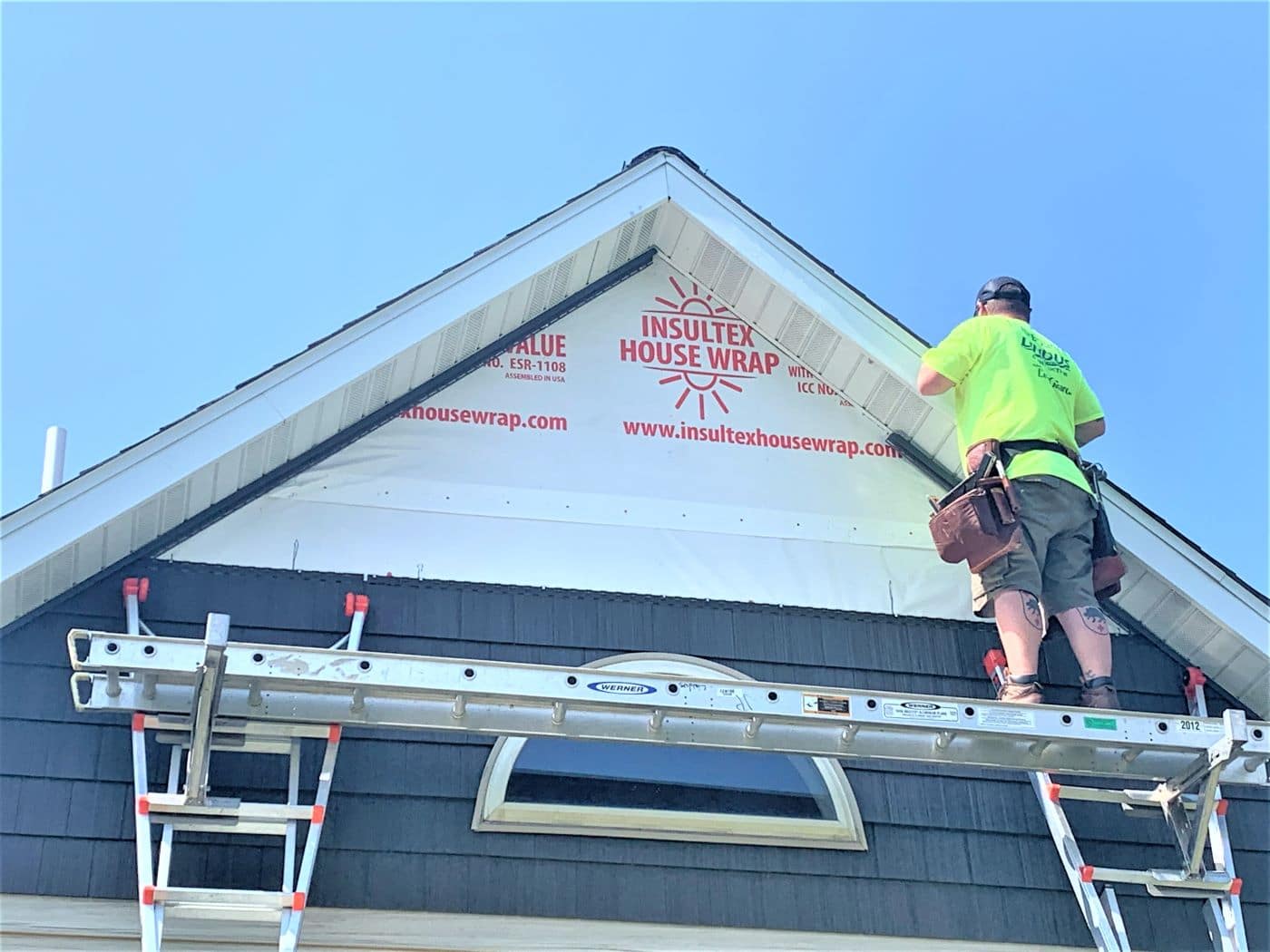
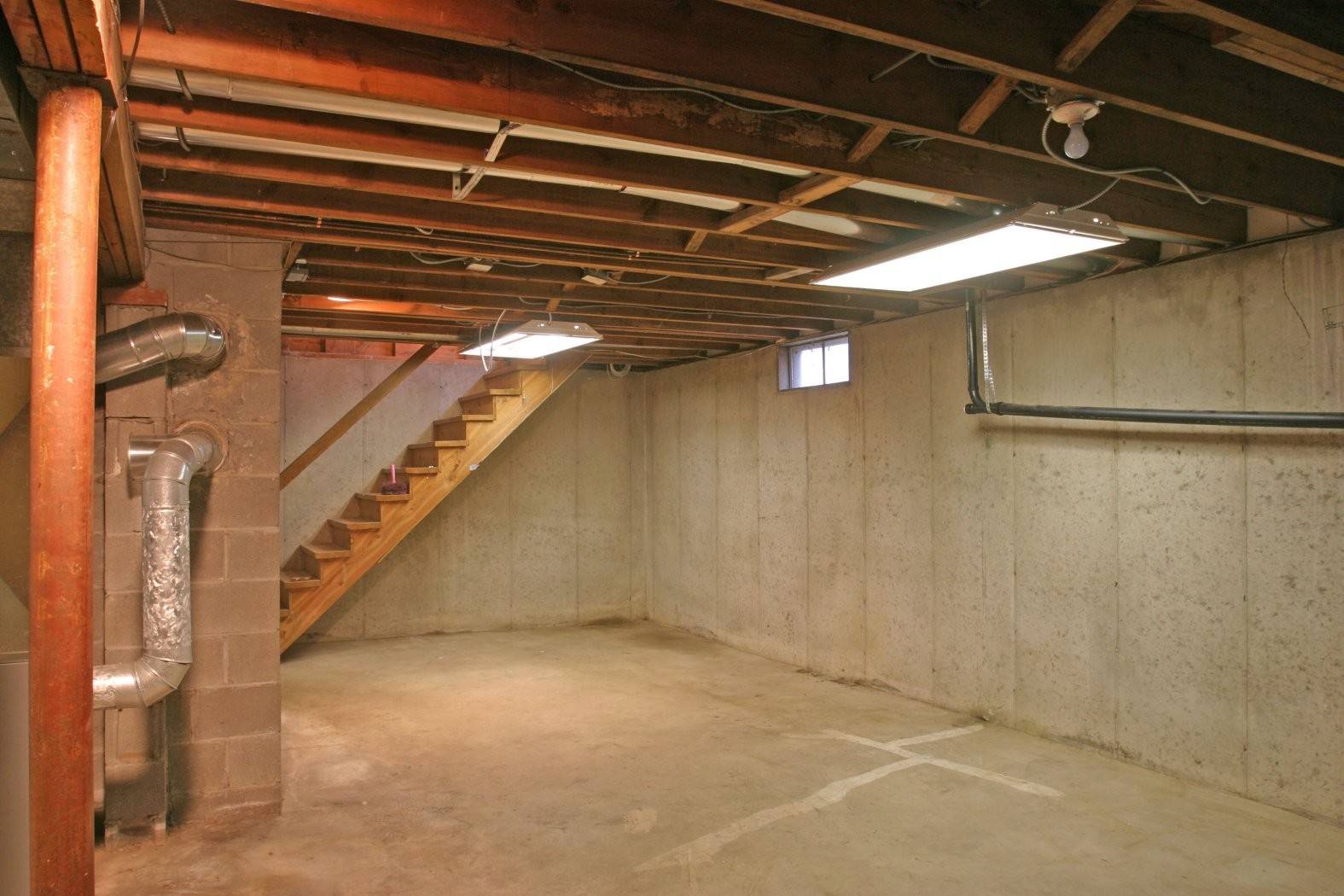
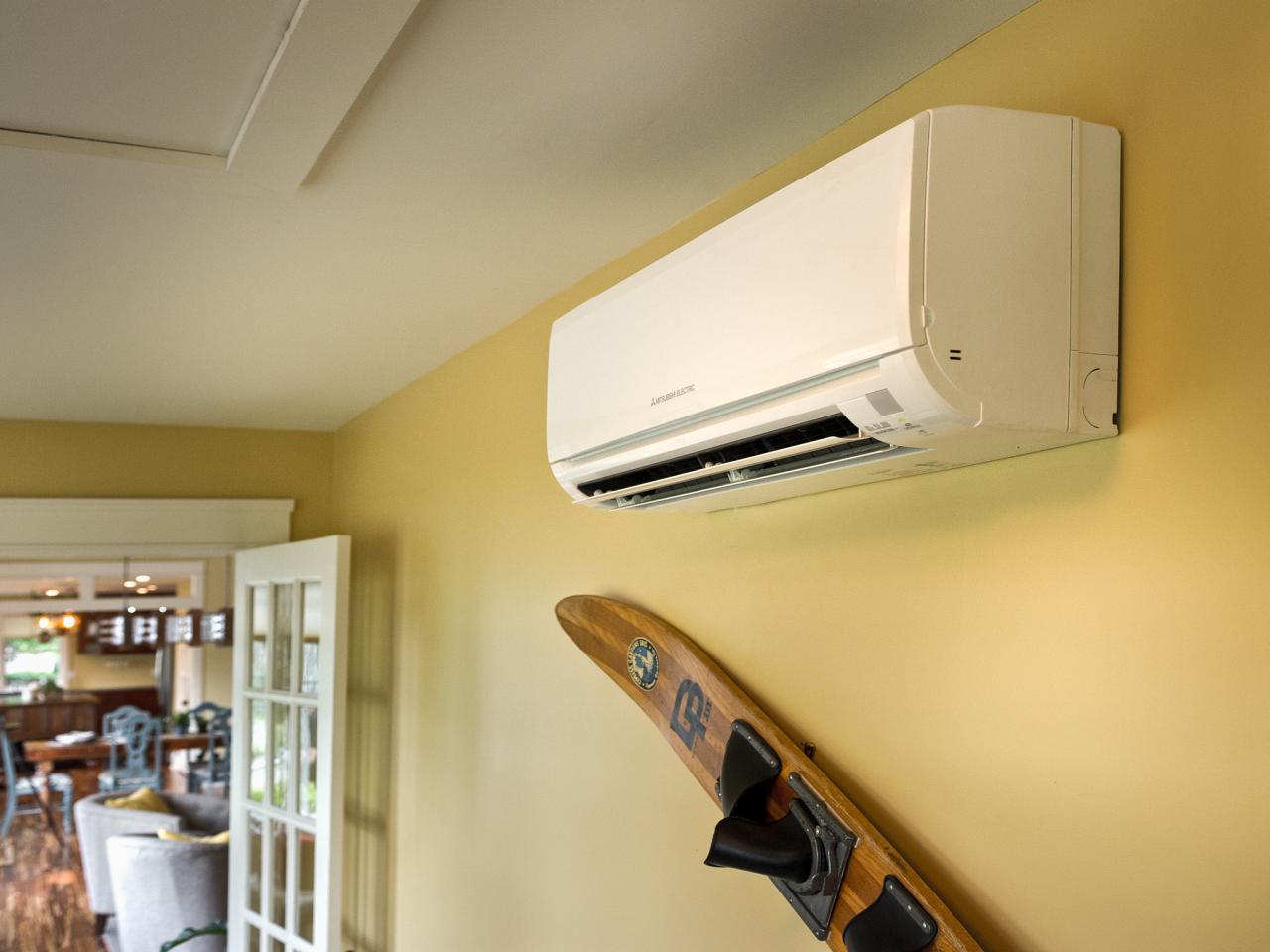
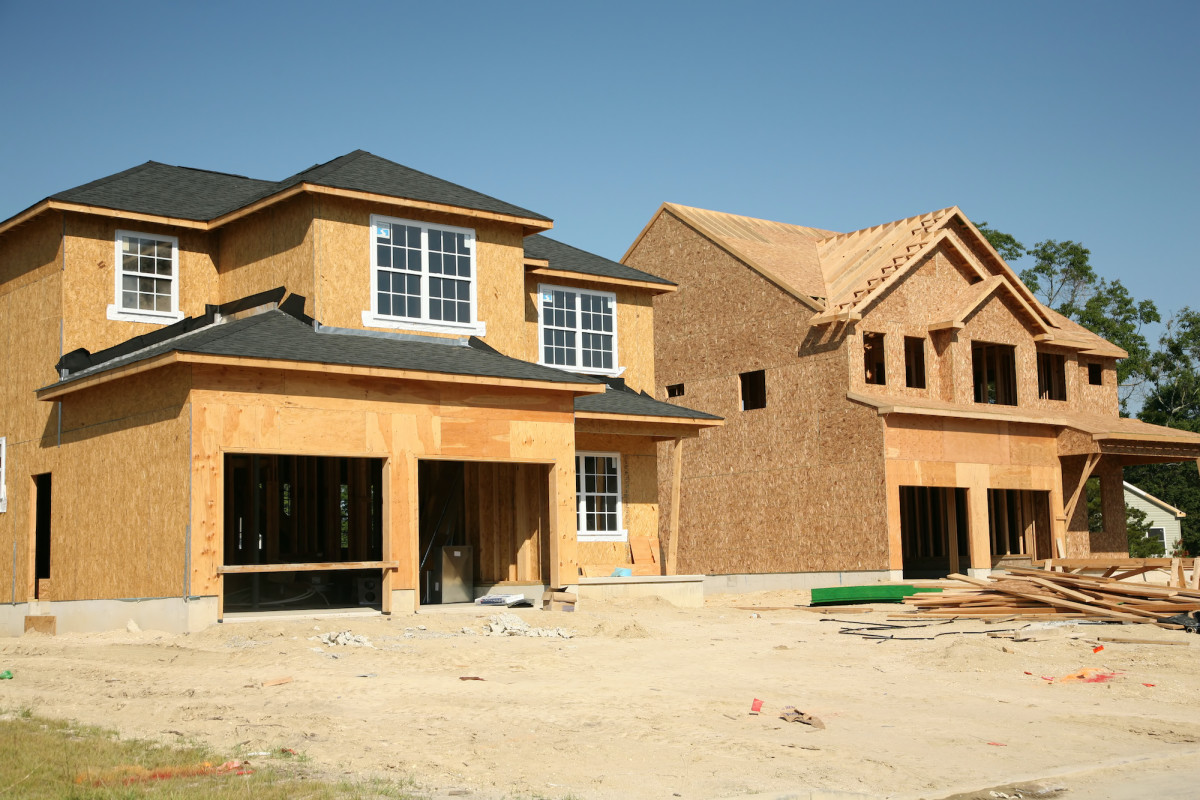
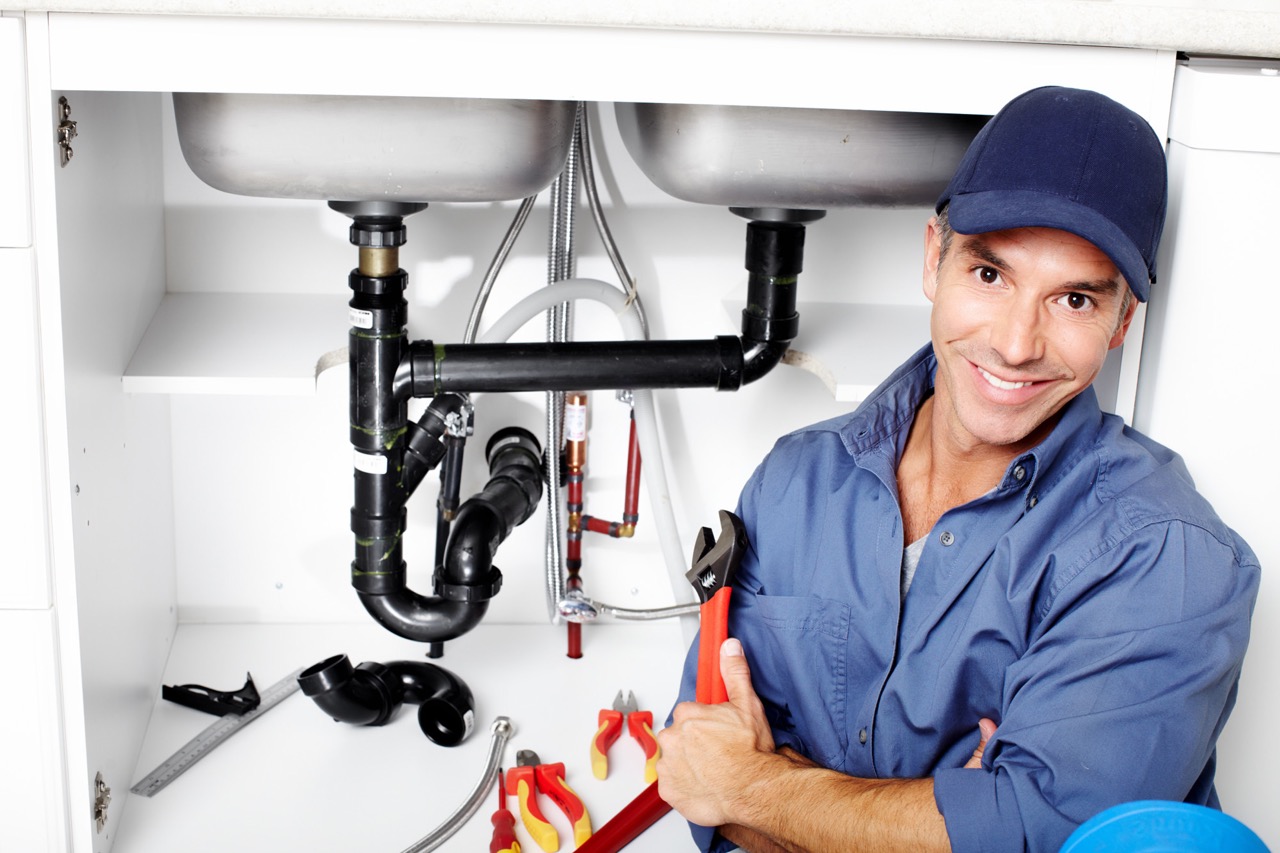
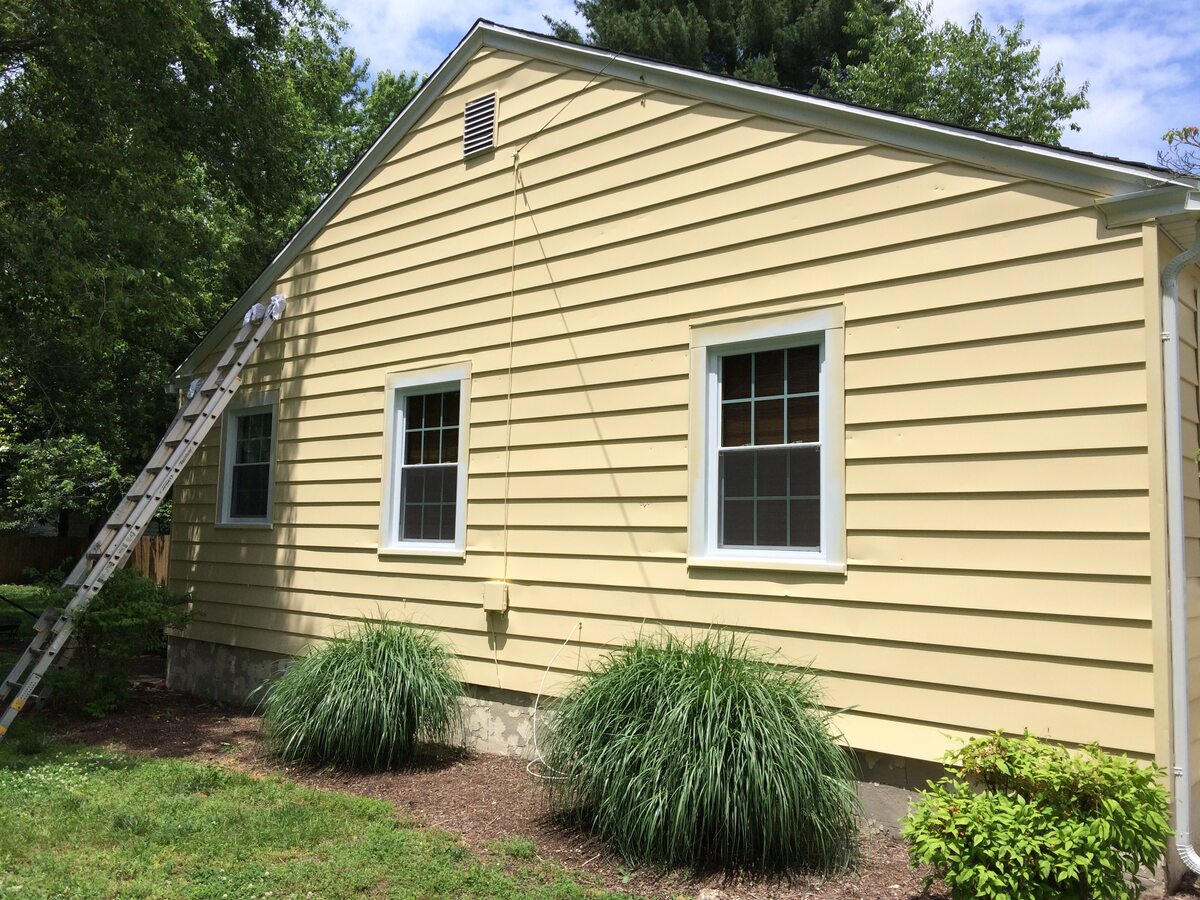

0 thoughts on “How Much Value Does New Siding Add To A House”